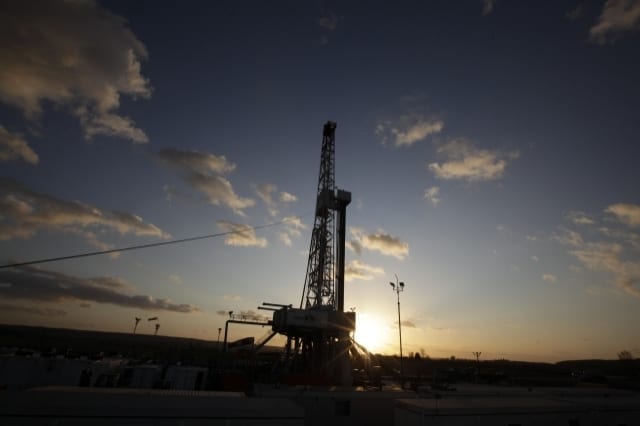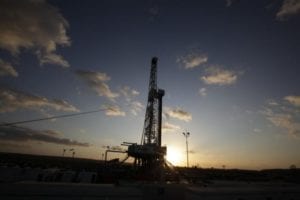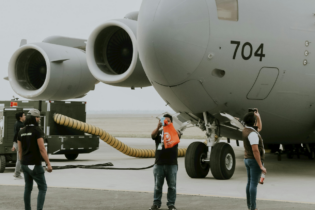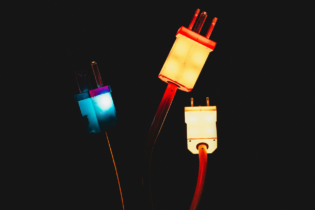
South Africa has the potential to become a major unconventional gas producer‚ according to a new World Energy Council report launched at the Africa Gas Forum.
SA’s gas challenges
However, South Africa has experienced difficulty transporting gas over land due to poor pipeline infrastructure. According to the Department of Energy, liquefied natural gas (LNG) can be transported temporarily by rail or road.The gas-to-power programme that Energy Minister Tina Joematt-Petterson launched in 2012 aimed to ensure that importing of LNG and regasification facilities aided the development of indigenous gases as well as the development of a regional gas pipeline network. The country has since, continued to rely heavily on coal generated power.
South Africa will invest approximately R50.3bn in building infrastructure for a gas-to-power programme in Richards Bay and Coega to reduce its coal dependence. Earlier this week the Department of Energy said the Richards Bay plant will generate 2,000MW of electricity from LNG imports and Coega’s industrial development zone will produce 1,000MW. Bidders will be sought to manage the projects, requests are expected to be issued in November and an announcement of the selected pre-qualifiers will be made in April 2017. While importing LNG will allow government take advantage of low gas prices and reduce the country’s reliance on coal, Dall’Omo believes it is vital to invest in localisation programmes in SA. Siemens has invested more than R20 million over the past two years in such initiatives as they believe that adding gas-to-power generation into the South African energy mix will a major driver of economic prosperity.







